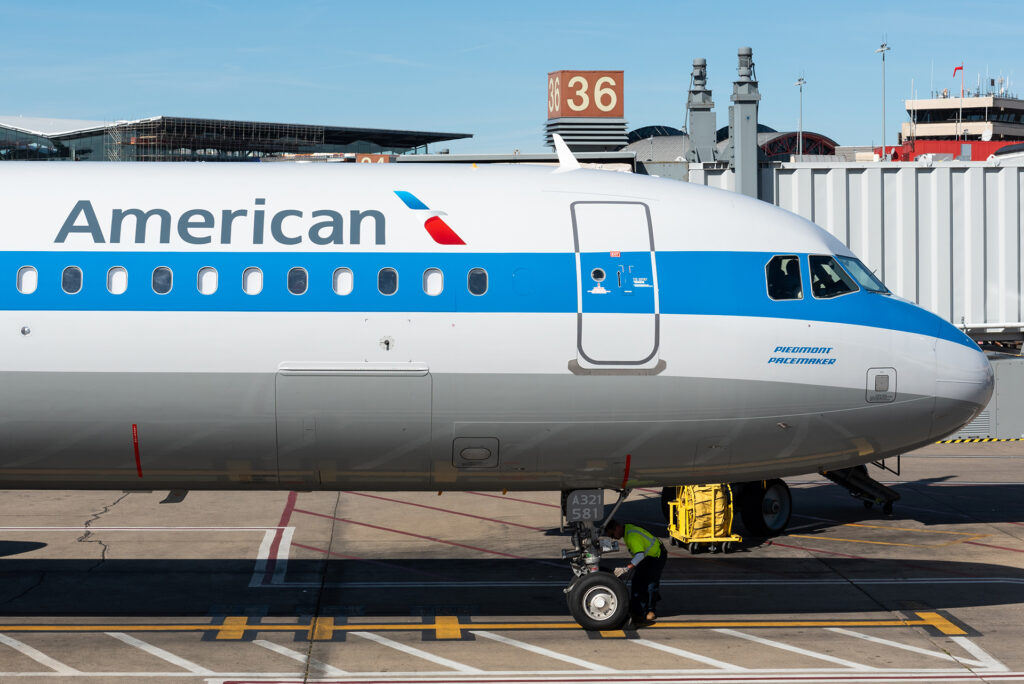Why Are Airplane Windows Round?
Familiar shape’s history is rooted in safety
By gmastrangelo
Published October 24, 2023
Read Time: 2 mins
If you crave views only a flight can offer, you probably opt for the window seat. But do you ever wonder why you see the world through round windows when you fly?
The answer goes beyond aesthetics and into engineering and metallurgy.
The aviation industry was booming in the 1950s. People started traveling by plane rather than train, so aircraft started getting bigger and flying higher. But as they grew, many of their features stayed the same.
In 1952, the first commercial jetliner took flight. The de Havilland Comet was a sleek, state-of-the-art transportation game-changer. The jet had a fast engine, comfortable seating and large, square windows.
The Comet seemed like the solution to centuries of travel woes. But it wasn’t the innovative vehicle everyone thought it was.
Between 1953 and 1954, three de Havilland Comet commercial jet airliners suffered fatal accidents and fell apart in midair. The accidents were all the same: the planes disintegrated before they could finish their climbs. Analysis of each of those wrecks found different structural issues that would be remedied in the next generation of aircraft.
Experts examining the wreckage of a Comet that plunged into the Mediterranean Sea on Jan. 10, 1954, a few minutes after takeoff from Rome, found that a “window” for an antenna array was a source of the problem. According to the Smithsonian:
“One fracture started in the corner of a window atop the aircraft where radio aerials were housed and continued for eight feet, passing directly through a window frame in its path. Closer examination showed discoloration and crystallization, telltale evidence of metal fatigue. At high altitude, after many pressurization cycles, the Comets’ fuselages simply lost their ability to contain high air pressure, and the planes exploded with bomblike force.”
Metal fatigue failure occurs when metal parts weaken over time. The stress put on the metal parts can cause small cracks that grow and worsen, leading to potentially catastrophic damage. Once the cracks started forming on the Comets, they only got worse until the plane’s fuselage cracked under the pressure.
Turns out, rounder windows are part of the solution. The round shape means there are no corners for pressure to build up, making the apertures in the aircraft much sturdier.
Since the Comet, aircraft have been outfitted with much safer windows, both for passengers and avionics equipment. Now, they go through far more safety checks than they did before, and they’re constructed with three strong acrylic layers so they can better manage the pressure that comes along with flying—helping to make air travel the safest mode of transportation.
So next time you take a photo of the sunset or cityscape outside of your airplane window, make sure to thank the engineers who made those round windows possible.
Editor’s Note: This story has been updated to clarify more details about the analysis of the Comet crashes.
Watch
This Next
Read
This Next






